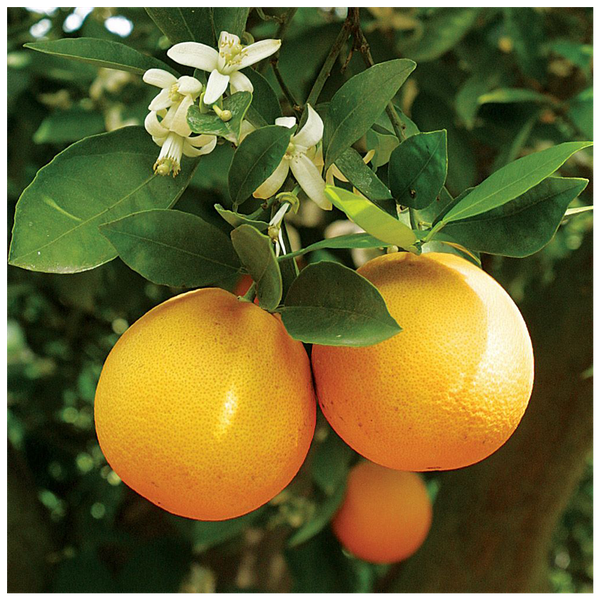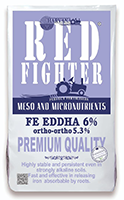Citrus Growing Guide

Site selection for Citrus Trees
Citrus plants grow best in an open position where they receive at least 5 hours of full sun each day, during the growing season (October to April). The more open and sunny the position is, the more accumulation of sugars in the fruit.Citrus growth and fruiting can be limited by the tree’s tolerance to winter cold and by the amount of heat, required in a season to mature the fruit. In colder areas such as the hills, grapefruit, ‘Valencia’ orange and sometimes ‘Washington’ navel orange may not mature fully and may develop “off-flavours”. In areas prone to severe frosts, limes will not survive and the thin skins of some mandarins may be damaged.
Soil
Citrus grow best in well drained and aerated, sandy loams with a topsoil 50cm deep or more. Citrus root systems have only moderate vigour, and are concentrated in the top 30-50cm of soil. The site should be free of roots from other trees, as citrus roots compete poorly with roots from other trees. Citrus plants are susceptible to root problems if they have wet feet.
Good drainage and aeration are crucial to preventing “root-rot” in citrus. Low lying sites that retain rain-water should be avoided. Trees often fail to establish in clay soils unless good aeration, drainage mounding is .provided. pH range is preferred to be 6 to 8
Varieties
The genus Citrus is an evergreen tree belonging to the family Rutaceae. It has about 150 genera and 1500 species, all native to the tropical and subtropical regions of Asia and the Malay Archipelago.
The principal citrus scions are:
- Orange (C. sinensis Osbeck)
- Mandarin (C. reticulata Blanco)
- Lemon (C. limon [L.] Burm.)
- Lime (C. aurantifolia [Christ.] Swing.
- Grapefruit (C. paradisi Macf.)
- Pomelo (C. grandis [L.] Osbeck)
The most commonly used rootstocks are:
- Rangpur lime (C. limonia Osbeck)
- Rough lemon (C. jambhiri Lush.)
- Sour orange (C. aurantium L.)
- Cleopatra mandarin (C.reshni Hort.)
- Trifoliata (P. trifoliata [L.] Raf.)
Citrus care after transplanting
Watering
Form a rim of soil 10 cm high around the tree, just outside the size of the original hole. Fill this with water from the bucket that has the surplus potting mix in it. On the following day re-firm the soil and top-up if it has sunk or cracked and a little more water.
Usually, the tree only needs watering every week, unless the tree is showing signs of wilting. To check for wilting, observe the condition of new growth, this is a great way to judge when to water next. If the mature leaves feel warm and leathery (as opposed to cool and transpiring) then it may also need watering.
As a guide, watering of newly planted trees can be as little as nil (after rain) to twenty litres weekly in cool weather and up to 20 litres every second day in summer.
Mulching
Cover an area of at least a metre in diameter around the tree with an organic mulch up to 10 cm deep. This will prevent weed growth, conserve moisture, moderate soil surface temperature and help to spread and retain water.
Avoid using woody mulch which may cause nitrogen drawn down in the soil. Straw is the best mulch for citrus trees.
Mulching trees in pots or tubs is just as important.
Sun and Wind Protection
Provide a windbreak shelter out of shade cloth or hessian in windy sites and consider staking the tree until it has established.
In hot summer weather sap flow can be affected, particular when very hot days, rapidly follow a cool period. To avoid heat and UV damage to the bark, consider painting the trunk white, with some water-based interior house paint.
Fertilising
Young-rapidly growing trees, need a constant supply of nitrogen. Small regular applications give the best results.
Sprinkle a nitrogen rich fertiliser onto the moist soil and rake into the surface lightly. You can use a pre-formulated citrus fertiliser or chicken manure will work just as well.





